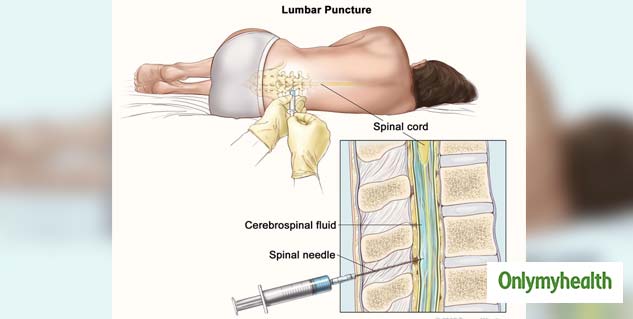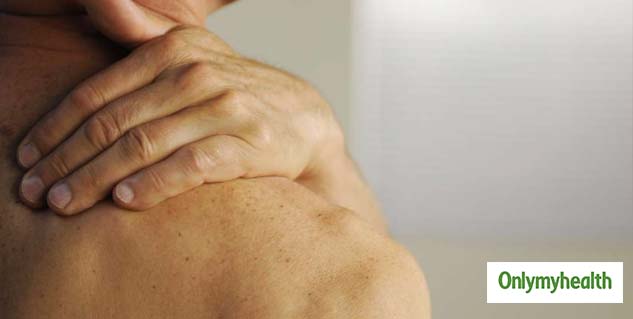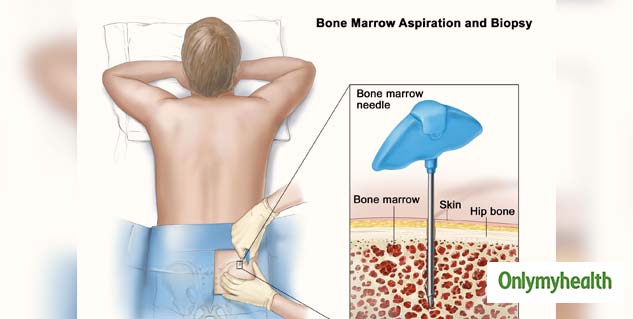
What is BMT (Bone Marrow Transplant)? It can be done for which disease conditions?
It is a therapy to cure or increase the duration of remission in certain blood cancers & benign blood disorders. It usually involves a round of chemotherapy followed by an infusion of stem cells. Blood cancers like leukaemia or lymphoma or multiple myeloma, Bone marrow diseases like Aplastic Anemia, Genetic diseases like Thalassemia, sickle cell disease.
Table of Content:-
What is Bone Marrow?

Bone marrow is the factory in the body which produces all blood cells. These cells turn into blood cells including:
- White blood cells to fight infections
- Red blood cells to carry oxygen throughout the body
- Platelets to control bleeding
Also Read True Story: I Am A Breast Cancer Survivor And More Stronger Than Ever
What are stem cells? From which part of the body do we get it?
Stem cells are the parent cells that give rise to all cells. Those which give rise to all cells of the blood are called hematopoietic stem cells. Nearly 90% of transplants are done wherein stem cells are obtained from blood. After giving some injections for 4-5 days for increasing white blood cell count in the body, the stem cells are collected like blood donation. These stem cells are then stored in the blood bank, or used early after determining the adequate dose for the patient.
At what point/phase of blood cancer therapy, can the bone marrow transplant be done?

- For blood cancer, BMT is almost always never the first step in treatment. The essence is to give chemotherapy & bring the disease under control. Once the disease has been brought under control after the preliminary chemotherapy, a bone marrow transplant can be considered.
- In conditions like acute leukaemia (aggressive blood cancers), it is usually done after the first two cycles of chemotherapy when the disease has been brought under control. In conditions like multiple myeloma, it is usually done after 4-6 cycles of chemotherapy when the disease has come under control.
Who will give the stem cells for my patient?
There are two main types of bone marrow transplant :

Autologous: Herein, the stem cells are obtained from the patient itself. Hence, there is no dependency on someone else for donating stem cells. This is done in conditions like Myeloma & Lymphoma.
Allogeneic: Herein, the stem cells are obtained from a person who will donate the stem cells voluntarily (called as the donor).
- This donor has to undergo a test called HLA matching. This test is different from the routine blood group matching. HLA matching is a specialized test which can be done either from blood or from a mouth swab, & the reports usually come in 15-20 days.
- First, the real brothers or sisters (siblings) of the patient undergo this testing. If there is a full HLA match, they are the preferred first choice for donating stem cells.
- Secondly, if there is no match with the siblings, the HLA report is entered into a registry, which will tell us if there is any other person in India or out of India, who has a full match with the patient, & whether he/she could be a potential donor. The whole information about the donor is kept confidential, both from the treating doctor as well as the patient.
- Similarly, in case there is no matching with any donor, stem cells can be obtained from either children or parents.
What are the main risks associated with this procedure?
- Following the chemotherapy & before the bone marrow (healthy stem cells) given starts working again, the patient will have low immunity. During this time, the patient is at risk of serious infections. This is why we give antibiotics and they will be nursed away from other people until the bone marrow recovers. This usually takes a period of 2 weeks.
- Bleeding problems due to low platelets after the chemotherapy may take place. Hence, periodically platelet transfusions need to be given, as per the reports.
- If the transplantation is from a donor (means allogeneic BMT), there is some risk that the match will not be perfect, & there is some degree of fighting between the donor cells & the patient's body.

- In some cases, the patient's body may not accept the donor cells, due to which they may not work properly. This is called Graft Failure.
- On the other hand, the donor cells can take the upper hand fight against the patient's body.
- To prevent the same, the patient is kept on medications which decrease this fighting.
Which transplant is the best?
- The treating doctor will determine whether allogeneic or autologous transplantation is best, based on many factors including the type of cancer, age & overall health, & the availability of a suitable donor.
- As a general rule, autologous transplantation is associated with fewer serious side effects, since the patient is transplanted with their cells.
Also Read: Tabooed Subject Of Male Breast Cancer: Story Of Chandra Mohan Goel’s Battle With Breast Cancer
- In an allogeneic transplant, a major component of the overall benefits of a stem cell transplant is an immunological phenomenon called graft versus tumour effect. This happens because the transplanted donor cells fight against the patient's tumour cells and kill them. In many cancers, the immune response caused by the transplanted cells improves the overall effectiveness of the treatment. This immune response helps kill off any residual cancer cells that remain in the patient's body. However, a major concern is that at times, the transplanted cells may fight against the patient's cells as well, which is called graft versus host disease.
When can the patient resume his normal life after a BMT?
- After an Autologous BMT, the patient can resume his normal life after 1 month.
- After an Allogeneic BMT, in the absence of any complications, the patient can resume his normal life after 6 months.
- After one year or so, the patient needs to be given vaccinations (similar to what is given to a newborn baby after birth) for preventing infections.
(Inputs by Dr Sumeet Mirgh Hematologist Global Hospital Mumbai)
Read more articles on Cancer
Read Next
World Cancer Day 2020: Dr Rajas B Patel Talks About The Trends, Challenges In Cancer Treatment
How we keep this article up to date:
We work with experts and keep a close eye on the latest in health and wellness. Whenever there is a new research or helpful information, we update our articles with accurate and useful advice.
Current Version
